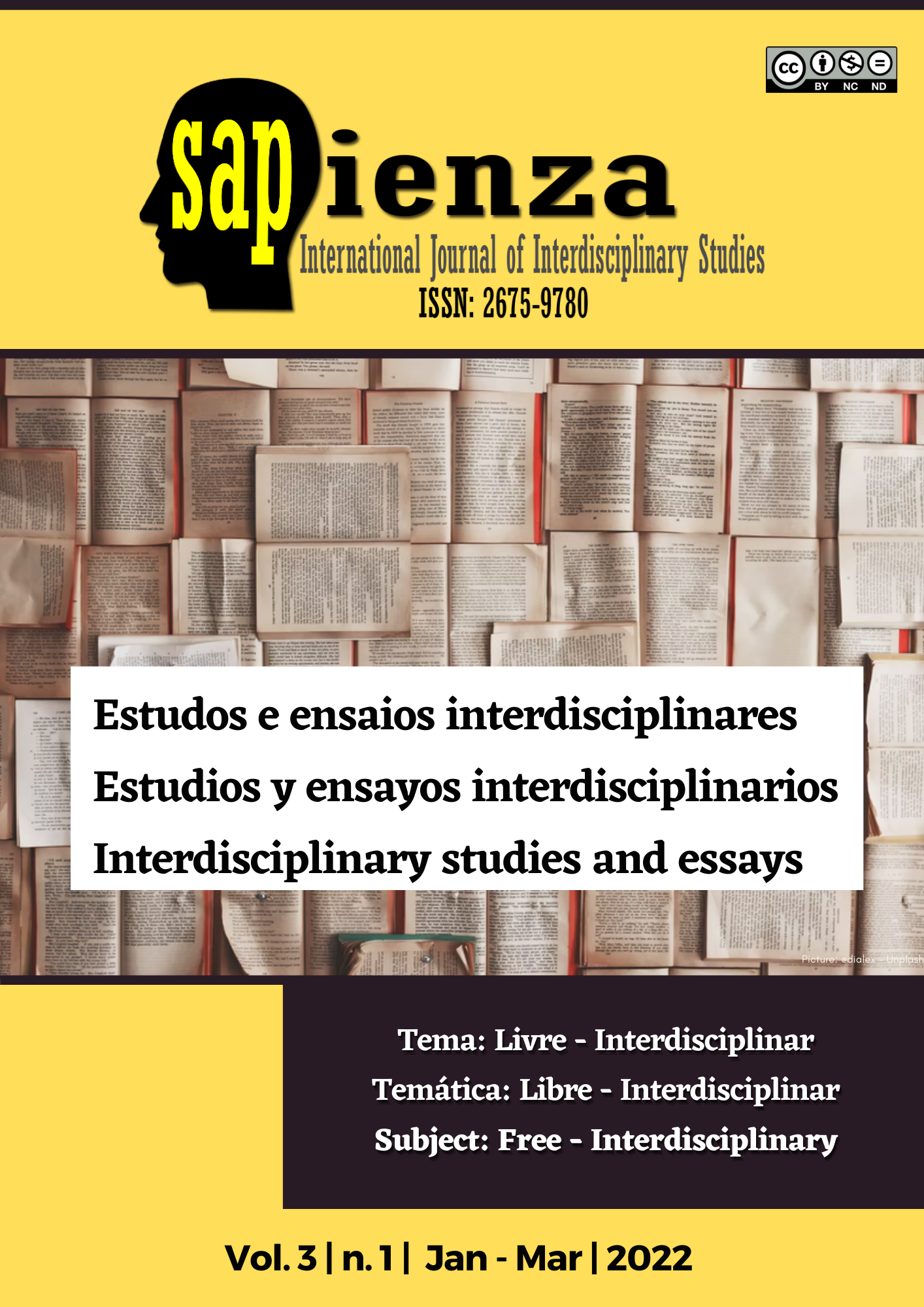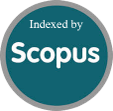Measuring cognitive load level in a multimedia learning environment towards the development of I-SIM
DOI:
https://doi.org/10.51798/sijis.v3i1.232Keywords:
Cognitive Load, Multimedia Environment, I-SIM, ICT, Academic performance, TechnologyAbstract
This study was administered to measure the Cognitive Load Level in a Multimedia Learning Environment towards the Development of I-SIM (Interactive Strategic Instructional Material) for Grade 7 Science students of Cayetano Arellano High School. Random sampling technique was used to determine the respondents. Pre-test and post-test instruments were prepared and the I-SIM was made from Science 7 least mastered skills, checked, and validated by Science experts in the field of Physics with the use of rubrics. Afterwards, the technicalities of the I-SIM was validated and assessed by the Tech-Vocational assesors. An adapted questionnaire by Leppink was used, modified and tested through Chronbach’s alpha. Questionnaire and other materials was digitized using google forms, then various communication letters was made. Researcher administered the pre-test, then the I-SIM followed by the Leppink questionnaire, lastly the post-test and interview. Cognitive load level were above average after, These are evident in their post-test performance together with interview results and answered descriptively through mean and standard deviation. There is no significant difference between the Cognitive Load level and Academic performance that was revealed using Pearson-r correlation. In paired T-test, it revealed that there is a significant difference between the pre-test and post-test scores of students who were exposed in a multimedia learning environment where I-SIM was utilized. This simply implicated that learning was still present though Cognitive level was above average. Furthermore, based on the results, the reduction Cognitive Load is recommended to sustain academic performance of the students to be able to develop I-SIM.
References
Bonifacio, A. (2013). Developing Information Communication Technology (ICT) Curriculum Standards for K-12 Schools in the Philippines. Developing Information Communication Technology (ICT) Curriculum Standards for K-12 Schools in the Philippines, 2–8. https://linc.mit.edu/linc2013/proceedings/Session7/Session7Bonifacio.pdf
Brunken, R., Plass, J. L., & Leutner, D. (2003). Direct Measurement of Cognitive Load in Multimedia Learning. Educational Psychologist, 38(1), 53–61. https://doi.org/10.1207/s15326985ep3801_7
Capol, N. (2019). The Efficacy of SIM in Improving The Students’ Ability to Distinguish Reflexive Pronoun, 1-10.https://academia.edu/42107577/THE_EFFICACY_OF_SIM_IN_IMPROVI NG_THE_STUDENTS_ABILITY_TO_DISTINGUISH_REFLEXIVE_PRONOUN.
Chang, C. C., & Yang, F. Y. (2010, March 1). Exploring the cognitive loads of high-school students as they learn concepts in web-based environments. Https://Silo.Tips/Download/Computers-Education-41. https://silo.tips/download/computers-education-41
Cheong, C., Cheong, F., & Filippou, J. (2013, June 18). Quick Quiz: A Gamified Approach for Enhancing Learning. Https://Aisel.Aisnet.Org/Cgi/Viewcontent.Cgi?Article=1206&context=pacis2013.https://aisel.aisnet.org/cgi/viewcontent.cgi?article=1206&context=pacis2013
DaCosta, B. (2008). THE EFFECT OF COGNITIVE AGING ON MULTIMEDIA LEARNING. THE EFFECT OF COGNITIVE AGING ON MULTIMEDIA LEARNING,1–4. https://www.researchgate.net/publication/47714825_The_Effect_of_Cognitive_Aging_on_Multimedia_Learning
Fu, J. S. (2013). International Journal of Education and Development using ICT - Vol. 9, No. 1 (2013). : : Http://Ijedict.Dec.Uwi.Edu//Viewarticle.Php?Id=1541. http://ijedict.dec.uwi.edu//viewarticle.php?id=1541
Gillmor, S., Poggio, J., & Embertson, S. (2015). Effects of Reducing the Cognitive Load of Mathematics Test Items on Student Performance. Effects of Reducing the Cognitive Load of Mathematics Test Items on Student Performance, 8(1), 1. https://doi.org/10.5038/1936-4660.8.1.4
Joseph, S. (2013). Measuring Cognitive Load: A Comparison of Self-report and Physiological Methods. Measuring Cognitive Load: A Comparison of Self-Report and Physiological Methods, 1. https://repository.asu.edu/attachments/110550/content/SchinkJoseph_asu_0010E_12971.pdf
Leppink, J., Paas, F., Van der Vleuten, C. P. M., Van Gog, T., & Van Merriënboer, J. J. G. (2013). Development of an instrument for measuring different types of cognitive load. Behavior Research Methods, 45(4), 1058–1072. https://doi.org/10.3758/s13428-013-0334-1
Meguerdichian, M., Walker, K., & Bajaj, K. (2016). Working memory is limited: improving knowledge transfer by optimising simulation through cognitive load theory. BMJ Simulation and Technology Enhanced Learning, 2(4), 131–138. https://doi.org/10.1136/bmjstel-2015-000098
Noetel, M., Griffith, S., Delaney, O., Harris, N. R., Sanders, T., Parker, P., del Pozo Cruz, B., & Lonsdale, C. (2021). Multimedia Design for Learning: An Overview of Reviews With Meta-Meta-Analysis. Review of Educational Research, 003465432110523. https://doi.org/10.3102/00346543211052329
Oxford University Press. (2021, June 2). Experiential learning: current contributions and future trends in practice. OUPblog. https://blog.oup.com/2021/06/experiential-learning-current-contributions-and-future-trends-in-practice/
Paas, F., & van Merriënboer, J. J. G. (2020). Cognitive-Load Theory: Methods to Manage Working Memory Load in the Learning of Complex Tasks. Current Directions in Psychological Science, 29(4), 394–398. https://doi.org/10.1177/0963721420922183
Perkins, W. (2019, June 4). Learning Theories and Classroom Technology.Https://Languagearts.Education/.http://www.sanfordbrown.edu/Student-Life/blog/March-2015/Four-Top-Learning-Theories-in-the-Age
Schmeck, A., Opfermann, M., van Gog, T., Paas, F., & Leutner, D. (2014). Measuring cognitive load with subjective rating scales during problem solving: differences between immediate and delayed ratings. Instructional Science, 43(1), 93–114. https://doi.org/10.1007/s11251-014-9328-3
Seedwell T. M. Sithole. (2019). Enhancing Blended Learning Materials using Cognitive Load Theory. Journal of Modern Accounting and Auditing, 15(1), 42–43. https://doi.org/10.17265/1548-6583/2019.01.004
Sorden, S. (2016). The Cognitive Theory of Multimedia Learning. The Cognitive Theory of Multimedia Learning, 1–3. https://www.researchgate.net/publication/267991109
Wernaart, G. (2012). Cognitive Load Measurement: Different instruments for different types of load? Cognitive Load Measurement: Different Instruments for Different Types of Load?, 1–10. http://dspace.library.uu.nl/handle/1874/280911
Zhampeissova, K., Gura, A., Vanina, E., & Egorova, Z. (2020). Academic Performance and Cognitive Load in Mobile Learning. International Journal of Interactive Mobile Technologies (IJIM), 14(21), 78. https://doi.org/10.3991/ijim.v14i21.18439
Downloads
Published
How to Cite
Issue
Section
License
Copyright (c) 2022 Dharyl C. Del Mundo, Dennis G. Caballes

This work is licensed under a Creative Commons Attribution-NonCommercial-NoDerivatives 4.0 International License.




